Testing charcoal grills requires a lot of hands-on cooking, and your results will obviously vary based on your technique and ingredients, among other factors. Depending on the season and how your charcoal grill is set up, your cooking and grilling experience will likely be very different from ours. For example, a kettle-style charcoal grill left in the July sun all day will be much hotter than in the cooler spring months.
Also, a note about grill thermometers. None of the lid thermometers built into these grills reflected the temperatures recorded by our thermocouples and data software. It’s not unusual for grill thermometers to read high, so we recommend carrying an oven thermometer or Bluetooth thermometer while you’re grilling, either for your meat or the temperature of the grill itself.
We placed two steaks on each grill near the center and seared them for 5 minutes before flipping them over and searing them for another 5 minutes. With a good, reliable grill, this will give you a steak with a seared exterior and a medium-rare to medium center. If you prefer meat better done, you can extend the cooking time or brown and finish cooking in the oven.
The high heat broil was our first grill test.
The best charcoal grill for grilling steaks in our lineup was the Weber Classic Kettle. The steak had nice grill marks while maintaining a medium doneness on the inside. The worst was our Tacklife review unit, which didn’t hold much heat and didn’t boil while cooking. The steak on that grill needed an extra five minutes to reach a temperature of 135 degrees Fahrenheit, the minimum for rare.
Chicken and indirect, medium heat
Next, we tested each grill’s medium-heat cooking ability by roasting whole chickens. The trick here is to keep the grill at a temperature hot enough to cook a chicken for more than 2 hours.
For our tests, each grill gets a full fireplace of glowing coals and a 6-pound chicken in front of the coals for indirect heating.
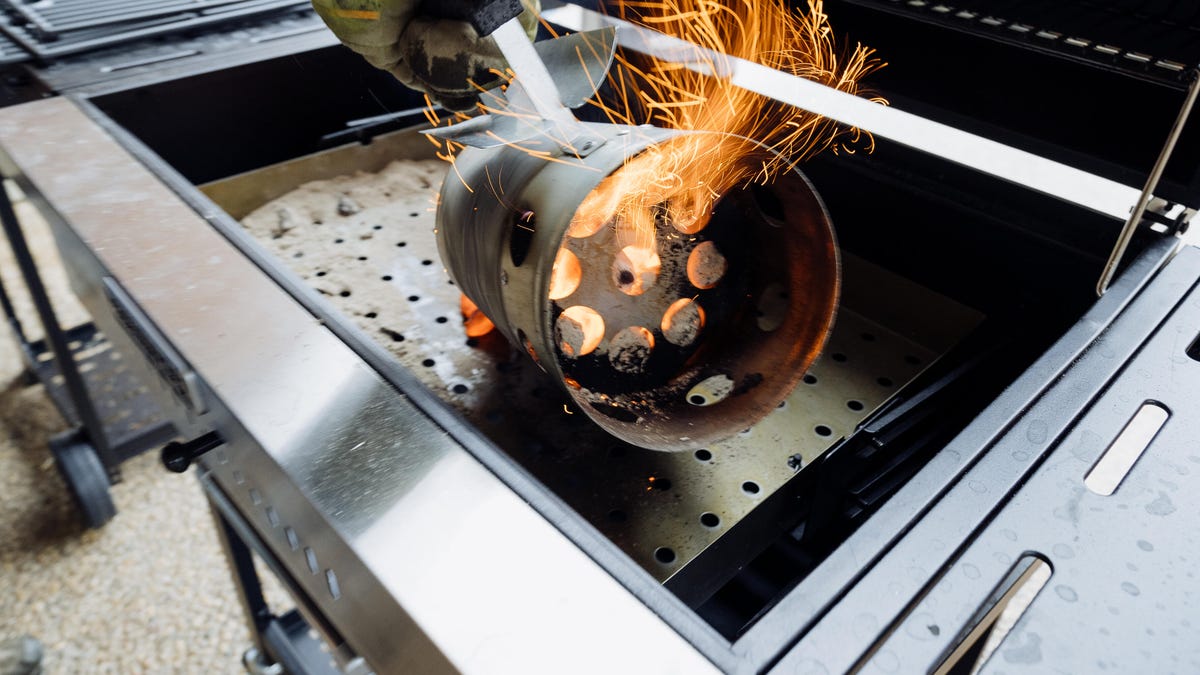
Each grill got a fireplace with hot coals.
Charcoal cooking takes longer than gas grilling and we usually have to add more fuel during cooking to keep our grills above 350 degrees Fahrenheit for the duration. Our favorite bird from this batch was the one cooked in the Weber, though it was a tough call. The Nexgrill cart-style grilled bird was a close second in terms of taste and texture.
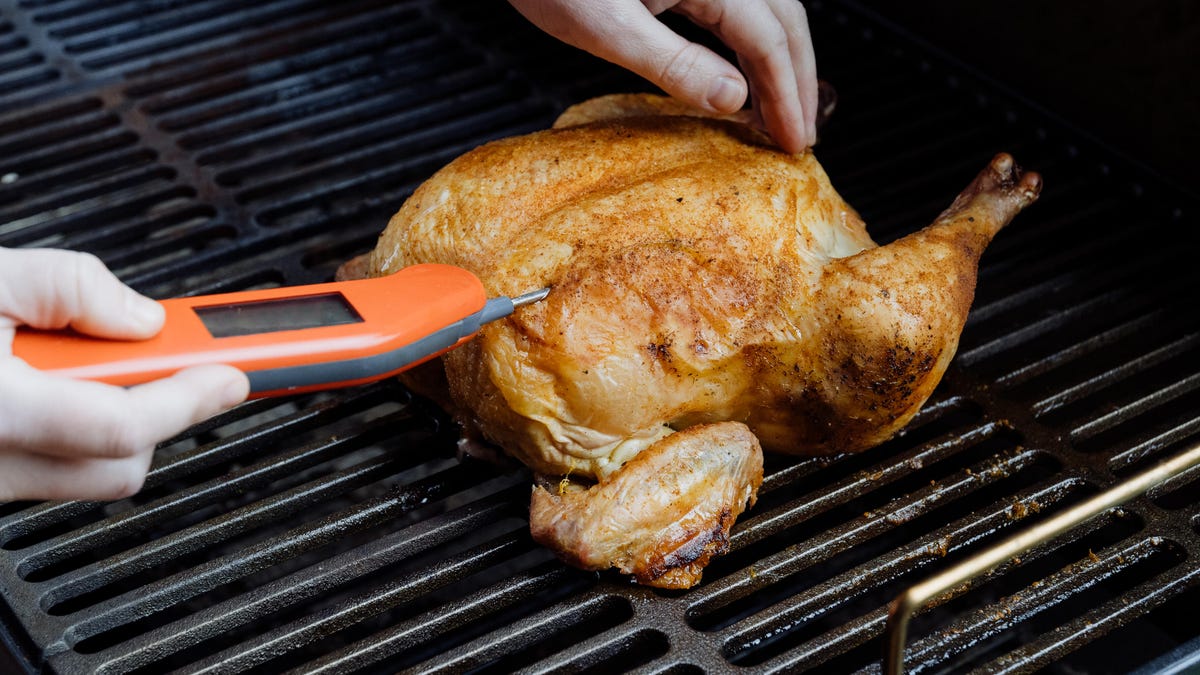
Cook the chicken over indirect heat until it reaches an internal temperature of 165 degrees F.
The difference between the two was mainly in the skin crystal, with the Weber producing superior results. The meat from the Nexgrill was delicious, with just a bit more flavor than the Weber. Among them, I’d say it mostly depends on your budget and the style of grill you prefer for other meats like burgers or steak. Weber definitely had the best in that category.
Low and slow ribs
Our final test is grilling ribs, specifically baby pork back ribs. This style of cooking requires strict temperature control over multiple periods. Ideally, a quality charcoal grill (or any smoker) will keep its fire roaring near 225 degrees Fahrenheit for as long as possible.
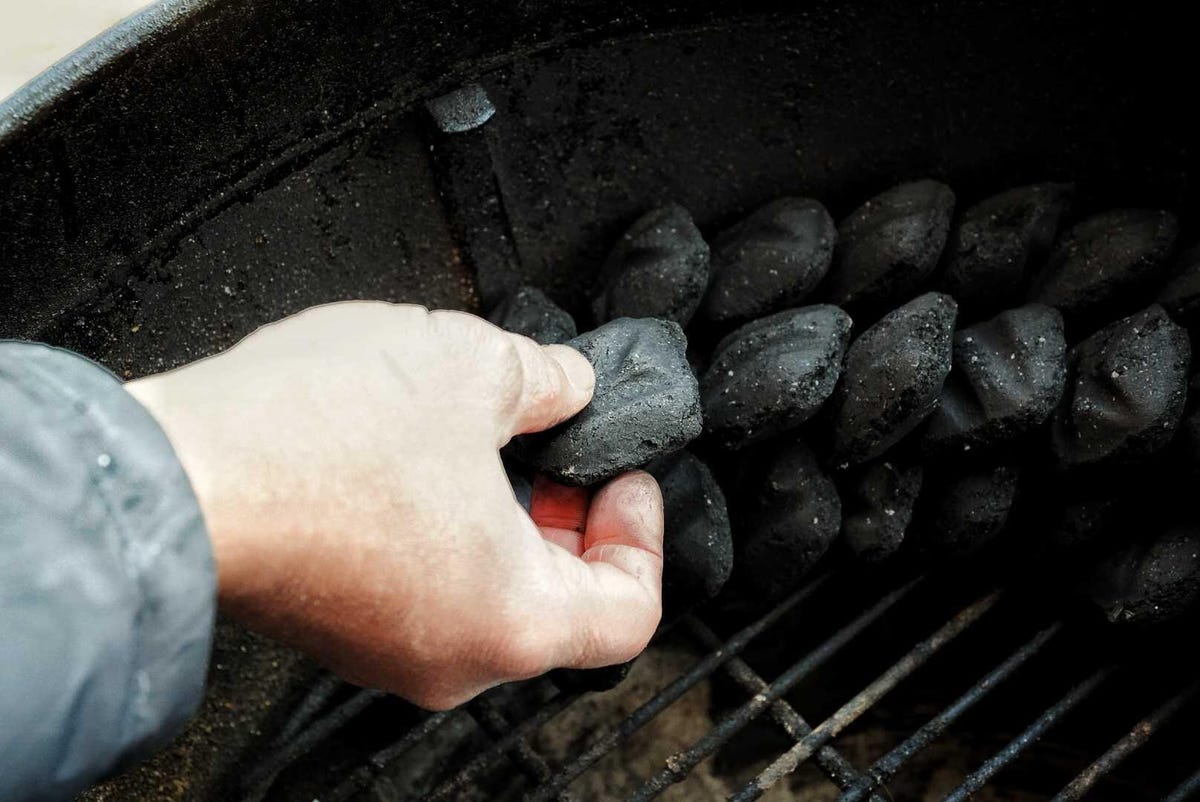
Place your charcoal briquettes in two rows two deep along the inside wall of the grill.
First, we set each grill to a low, slow burn using the charcoal snake method. In the case of boiler models, we place coal in a semicircle around the inner wall of the grill. Coal briquettes (Kingsford Blue) form a line two coals wide and two coals deep. We also put a few pieces of smoke wood on top of the snake (aka wick). On carriage style grills, we modify the serpentine to run at right angles to fit rectangular fireboxes.
Next, we light each grill snake on one end of the chain with five lit briquettes (fire lighters work too). Place all air vents on each grill (top and bottom) in the half-open position. Finally, place a rack of ribs on each grill for indirect cooking, with the meat not sitting directly on the coals.
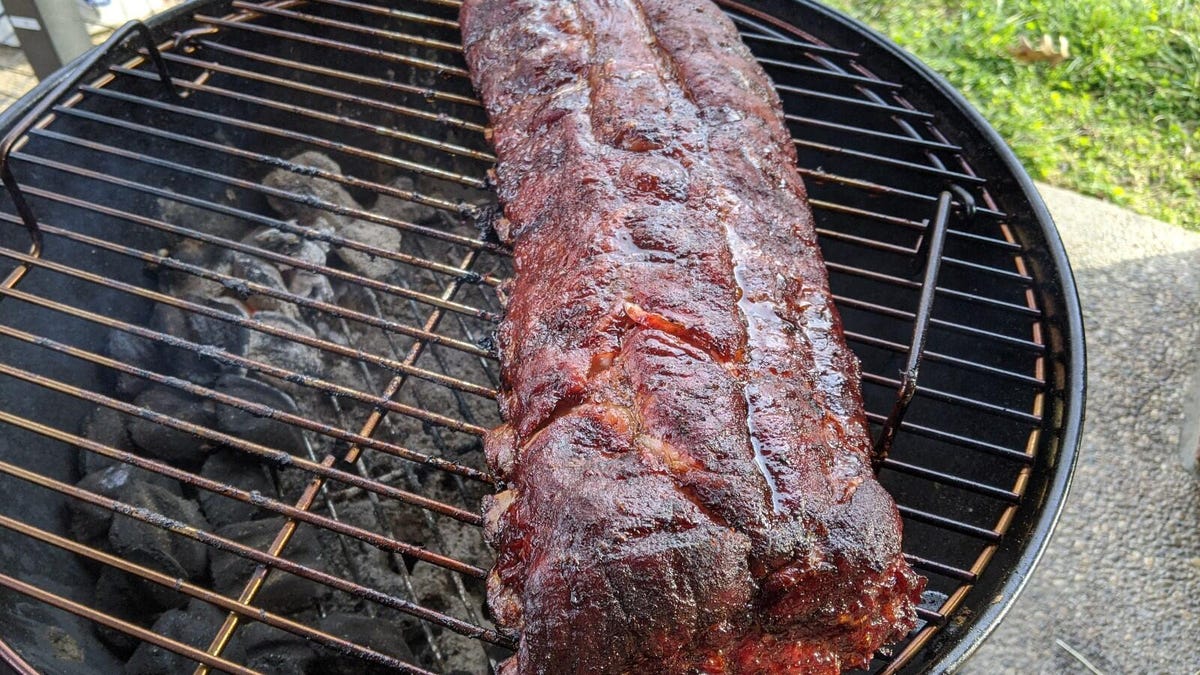
Enlarge the image
The classic Weber Kettle grill handles racks of ribs straight.
Weber was the undisputed king in this test. No other grill in this range can match the robust temperature control of this iconic pot. Readouts from our thermocouples, plus a digital dipstick Thermometerconfirmed this. Throughout the Weber’s 6-hour, 32-minute cook time, the grill’s internal heat levels never went more than 25 degrees above our target of 225 degrees Fahrenheit. In fact, most of the time the temperature hovered between 220 degrees and 230 degrees Fahrenheit. As a result, Weber-cooked ribs turned out tender, juicy and full of smoky flavor.
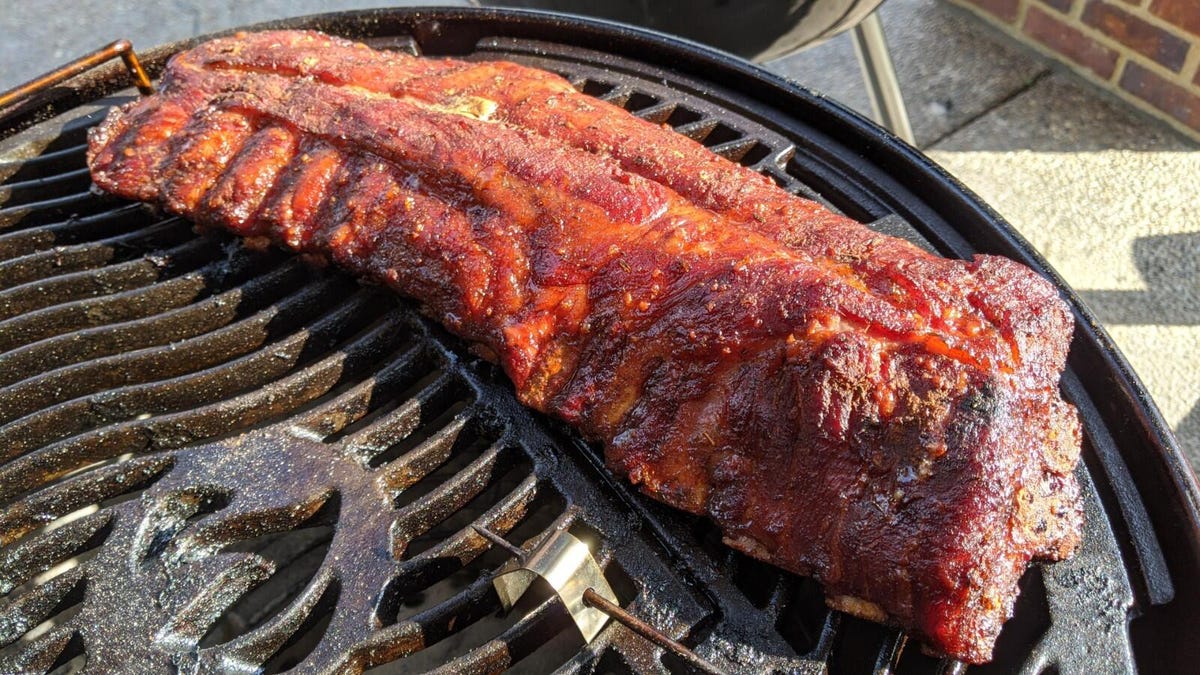
Enlarge the image
The Napoleon Grilled Ribs turned out delicious, albeit with a slightly dry crust.
The Napoleon grille was the second best in this test. Internal temperatures fluctuated more, jumping as high as 300 degrees Fahrenheit during cooking periods. Her rack of ribs was ready in 4 hours and 30 minutes. While her ribs came out tender and juicy overall, the outer skin had a few charred spots.
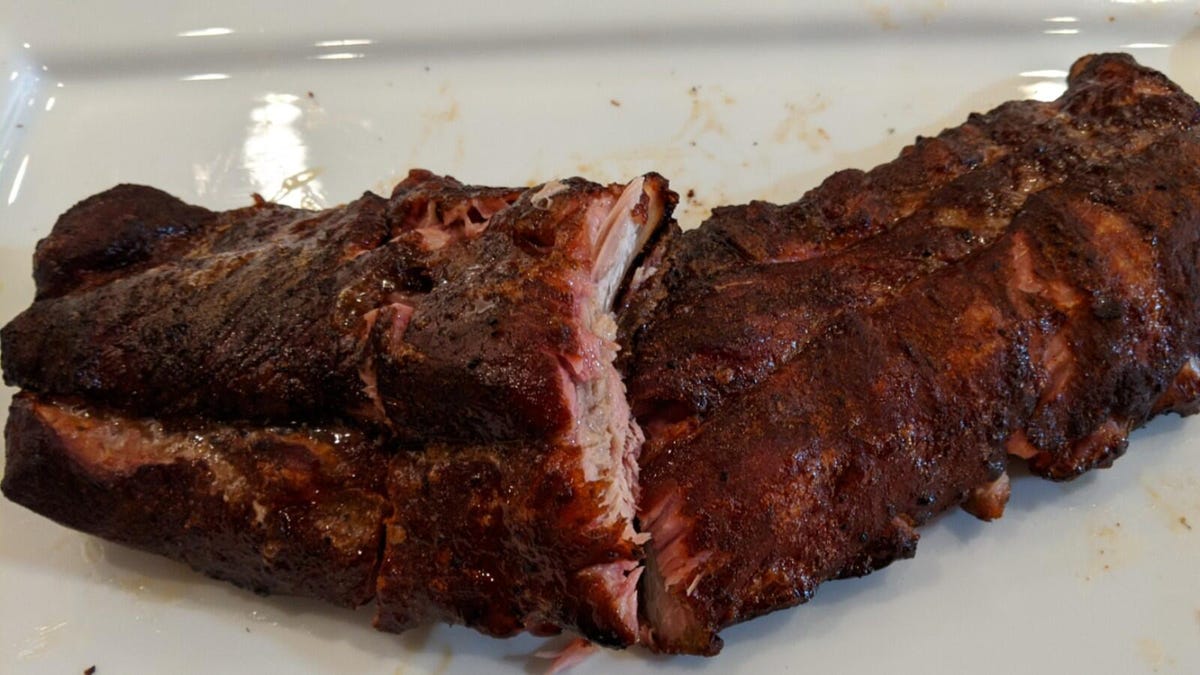
Enlarge the image
The ribs cooked on the Nexgrill had a lot of bark, but were juicy and tender inside.
We observed similar temperature performance from the Nexgrill, along with similar rib results. Low and slow cooking ribs on the Nexgrill took just 4 hours and 30 minutes. His rack also turned out well, although like Napoleon, his bark was more pronounced than what Weber produced.
Our rib experience with some of the other grills was far from ideal. Tacklife was particularly bad. Sometimes, the interior of this grill hits temperatures as high as 400 degrees Fahrenheit. And alas, the ribs it produced came out charred, charred and overdone.
Check this out: 4 unexpected tricks for better cooking